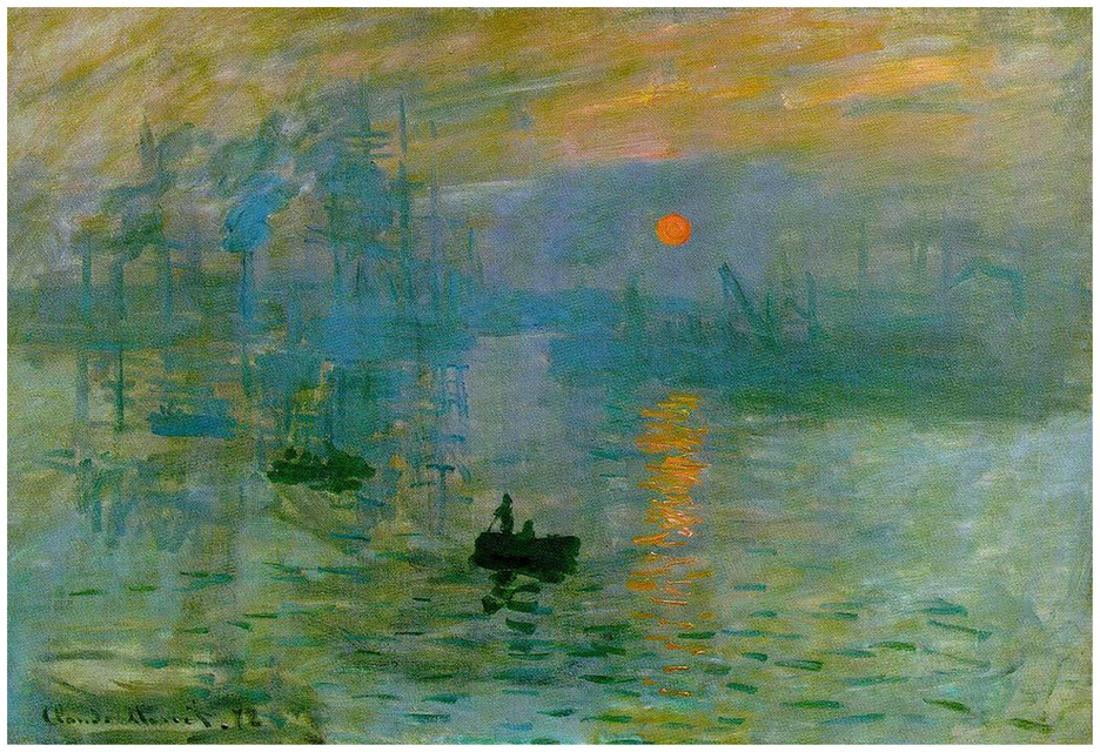
One, now lost and known only from caricatures and a few written descriptions, represented a large, three-masted ship being towed by a steamboat as it prepares to head out to sea, and the other depicts figures promenading on the port’s jetty, whipped by the ocean waves and wind. 1 Monet returned to Le Havre repeatedly during the 1860s, by which time he had settled in Paris, and the port furnished him with the subject of two major paintings he submitted to the 1868 Salon. Together with the fishing port of Honfleur on the other side of the Seine estuary and various nearby sites along the Normandy coast, Le Havre became a focal point of Monet’s early practice as a painter of marines, the genre upon which he decided to stake his career in emulation of such painters as Eugène Boudin (1824–1898), Johan Barthold Jongkind (1819–1891), and Gustave Courbet (1819–1877), all of whom painted on the Normandy coast during the 1860s. A native of the city, he spent much of his youth in the area, and both his father and uncle derived their livelihoods from commercial activities related to the port. Le Havre was a deeply personal site for Monet. Still enshrouded in the thick, low-lying fog that Monet has denoted through broad, fluid strokes of purple and blue, the ships’ superstructures are suggested only by a few vertical, horizontal, and diagonal brushstrokes, tentatively scumbled. One can distinguish numerous other sailing ships farther back on the opposite, south, side of the harbor. Visible on the north side in the near left is the ghostly form of a steamboat, the smoke from its main funnel partially obscuring the masts and rigging of the clipper ship behind. Farther behind one can vaguely discern the ships still moored along the quays of Le Havre’s outer harbor, or avant port. Off to the right is a small skiff with three more figures, mere quavering dabs of paint. In the foreground appears the silhouette of a small sailing vessel, with two men on deck, quietly setting out to sea. Having yet to fully penetrate and dispel the early morning mist, the light of the rising sun to the east is palely reflected in the pinks, yellows, and oranges of the sky above and water below, which glimmers against the cool, muffled blues, purples, and greens that dominate and unify the scene.

Painted in the spring of 1873, it offers an easterly view toward the rising sun.

1), to which the naming of the Impressionist movement is legendarily credited, this picture of the French port of Le Havre is among the most radically sketchlike paintings of Monet’s early career. Like its more famous cousin Impression, Sunrise ( fig.


 0 kommentar(er)
0 kommentar(er)
